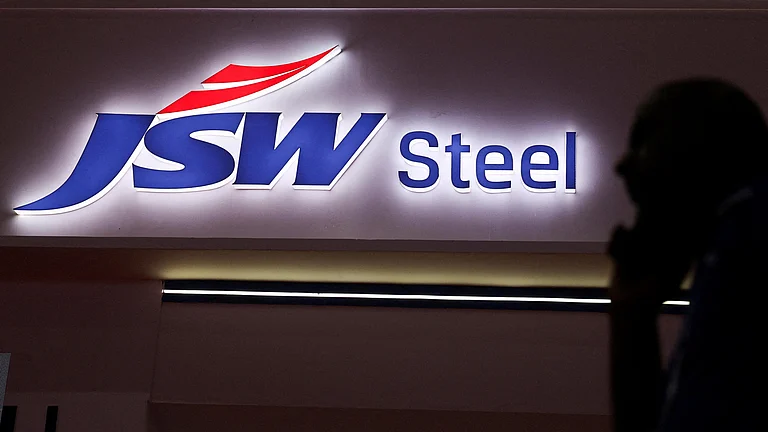After a deadline that was extended twice, the Anil Ambani-owned Reliance Communications (RCom) has finally inked an agreement with Aircel, run by Malaysia’s Maxis Communications, to merge their wireless businesses. This comes as a much needed relief to both companies that are struggling with debt and the threat of being marginalised in the wake of Reliance Jio’s aggressive entry earlier this month.
This merger will place the combined RCom-Aircel entity at third in the pecking order with over 190 million subscribers after BhartiAirtel and Vodafone, and ahead of Idea Cellular. More importantly, as the merger is restricted to the wireless business, it opens up options for RCom. It can now look for a strategic investor for its tower and infrastructure businesses.
The contours of this deal will see RCom and Aircel hold an equal stake in a new company, which is likely to see the ushering in of a new telecom brand as well. “This is a smart move by RCom, which would have otherwise seen them under intense pressure. The spectrum will be consolidated in one entity and managing an asset-light model will be far easier,” says Deven Choksey, managing director, KR Choksey Securities.
From a strategy in the past, where telcos owned everything from airwaves to towers, the thinking now is to get the best out of the subscriber base. In 2007, Bharti, Vodafone and Idea announced a three way joint venture, Indus Towers, to house most of their telecom towers, while in 2009, Tata Teleservices merged its tower business with Quippo Telecom Infrastructure. The following year, GTL Infra acquired Aircel’s towers.
As a part of the deal, RCom and Aircel will have a debt of Rs.14,000 crore each in the new entity. This will reduce a substantial part of the load on the former’s balance sheet, which, today, has a debt of over Rs.41,000 crore. “There is a more compelling reason for an investor to put in money in RCom’s tower and infrastructure business, without a hangover of wireless. It gives the company a real chance to now grow both businesses simultaneously,” says Choksey. RCom has an optic fibre cable network across India in addition to undersea cable that came its way after the acquisition of Flag Telecom in 2003.
For Aircel, growth was hard to come by given its low average revenue per user (ARPU) of Rs.75 per month, compared to Bharti’s Rs.195. Even with a pan-India presence fighting it out with the biggies in large circles was never going to be easy for Aircel. “Now, benefits like a larger subscriber base and the imminent possibility of sharing common expenses like marketing will accrue,” thinks Romal Shetty, national head (telecom), KPMG. Offering a better suite of services will also be possible with their combined 3G presence where Aircel is present in 13 circles with RCom in 18. As the battle intensifies on 3G with an expected shift to 4G on the back of Reliance Jio’s entry, this becomes very critical. “How they can enhance value depends on how well they can use each other’s airwaves,” sums up Choksey.











